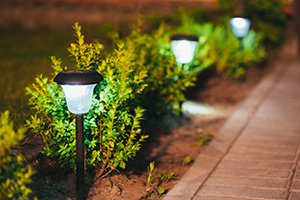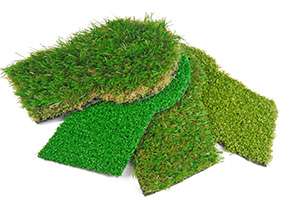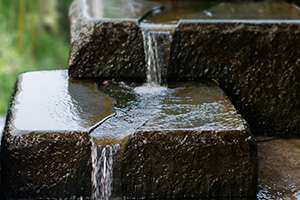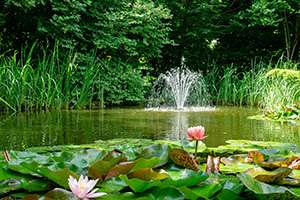
Low voltage outdoor lighting can add hours of illumination to your evening and enhance the aesthetic of your landscaping at night. Whether you want to get more enjoyment out of your outdoor living space or are interested in improving safety, this outdoor lighting option is worth your consideration. Take a closer look at the three top benefits of using low voltage lights for your home or business property.
#1: Minimize the Need to Change Bulbs Frequently
LED Low voltage lights last much longer than incandescent or halogen lighting systems. In some cases, they can last up to sixty times longer. Using these lower maintenance lights to illuminate your outdoor spaces means you won’t have to change the bulbs as often, saving you time and money.
#2: Increase Safety on Your Property
When it comes to safety, it’s hard to beat low-voltage lights. The lights pose far less risk of shocks and electrocution than traditional outdoor lighting systems. Additionally, potential burglars or intruders will be less likely to enter a residential or commercial property that is well-lit. This provides home and business owners with peace of mind.
#3: Reduce Electricity Costs
Increased energy efficiency is one of the top benefits of LED low voltage light bulbs. They emit a more pleasant, higher quality of light while using only 20% of the energy that an incandescent bulb will use. As a result of using less energy, you will save on your electricity bill and still enjoy superior illumination for your property.
The trusted team at W.P. Law, Inc. is here to help you find the right combination of low-voltage outdoor lighting to meet your needs and budget. Contact W.P. Law, Inc. now to get more information.















